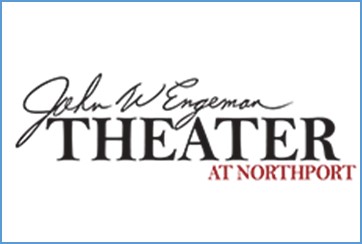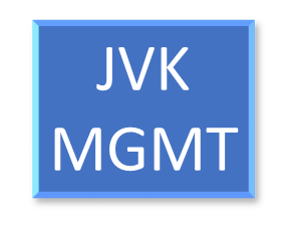Whaling Museum Gets $50K To Digitize Unseen Archive
/Long Islander News photos/Julia Limmer
The log book of whaling ship Edgar. It chronicles the nearly-three-year voyage from Nov. 28, 1852 to June 5, 1855, when the boat travelled to and hunted in the Arctic.
By Julia Limmer
info@longislandergroup.com
Relics of the largely untapped and unknown archive at the Cold Spring Harbor Whaling Museum & Education Center, where the historic manuscripts, crew lists and photographs are only available by digging through boxes, folders and drawers, will soon be easier to access.
Around 2,500 items from the museum’s archive will be digitized and made publically available online thanks to a $49,557 grant from the National Park Service’s Maritime Heritage Grant Program. The museum will also be matching that grant for the project, which is expected to be completed by 2019.
“When visitors view our exhibits, most don’t realize that what they’re seeing is the tip of an iceberg,” stated Executive Director Nomi Dayan, adding that only around 5 percent of the museum’s collection is on display at a given time.
The museum, one of three New York organizations to receive the grant this year, is located at 301 Main St. and has offered insight on the rich history of Long Island’s whaling industry since it was founded in 1942 by Robert Cushman Murphy, who sailed aboard whaling ship Daisy.
The items in the museum’s collection range from old and delicate crew lists and records from the 19th century, to model ships and even a sword. The archive also includes 95 percent of the existing manuscript material from the Cold Spring Harbor whaling fleet, records of the Long Island coastwise trade under sail, crew lists, shipping papers, prints, photographs and correspondence.
Currently, the collection can be browsed by appointment only and entails searching through tightly-packed drawers, folders and boxes in storage.
“This project will also open the museum’s doors to a global audience,” said Dayan, who added that the museum has recently received research inquiries from people in Australia and Chile.
Dayan also said the grant will also be used to support creation of lesson plans using museum data. The plans will be distributed to schools across the country.
“This is a very exciting time for the museum’s collections,” stated Collections and Exhibitions Manager Kyrsten Polanish. “This project will help to prolong the life the objects by reducing the amount of times objects are physically handled while making them more accessible to anyone wanting to find out more about maritime history.”









